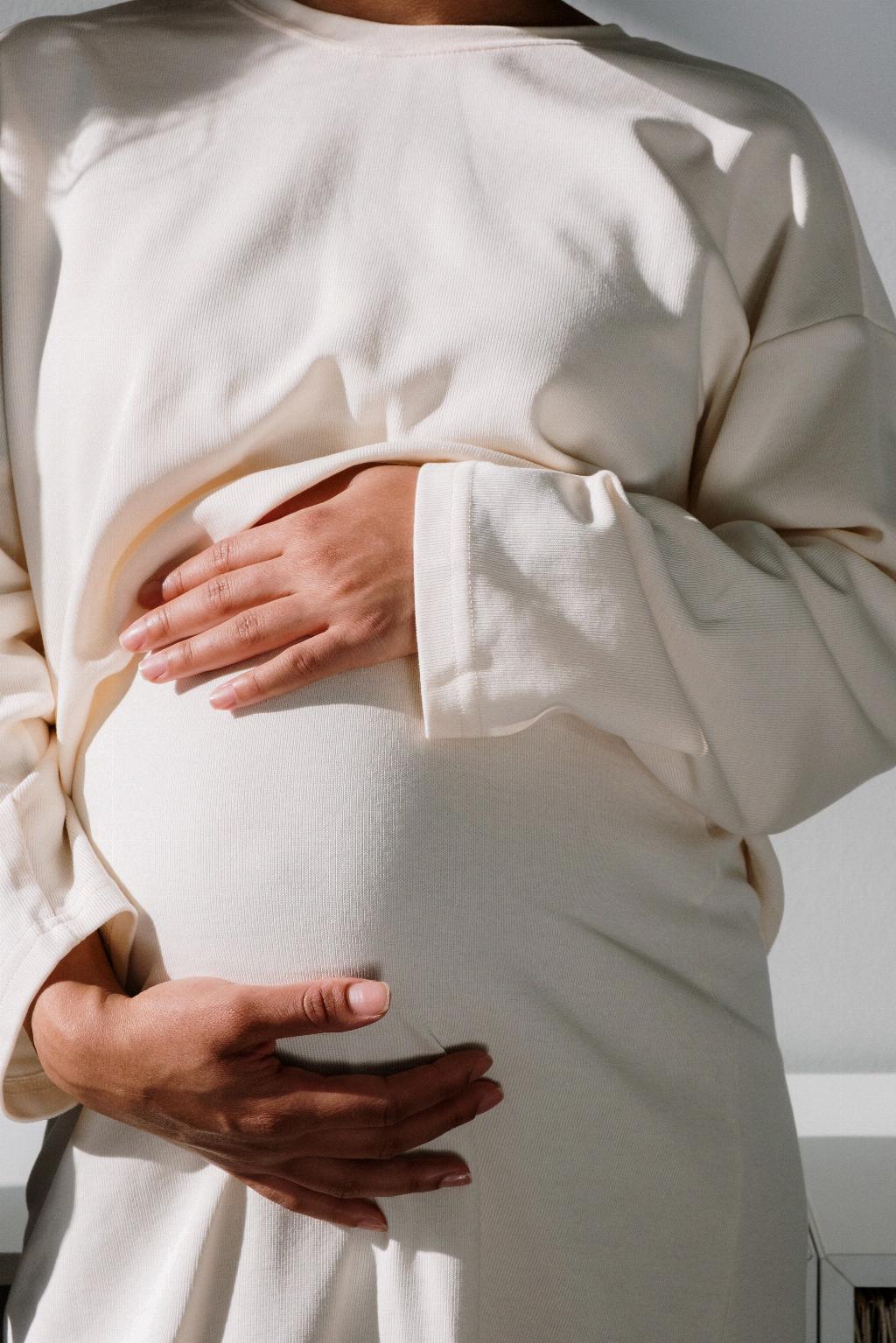Uterine rupture, though rare, is a serious complication that can occur after a woman has had two or more previous cesarean deliveries. The likelihood of uterine rupture after two C-sections is a topic of concern for both expectant mothers and healthcare providers.
Risk Factors for Uterine Rupture
Research suggests that the risk of uterine rupture is higher in certain circumstances, such as having had multiple prior cesarean deliveries, undergoing induction of labor, or having a short time interval between pregnancies. These factors can increase the likelihood of uterine rupture occurring after two C-sections.
The Statistics
In a hypothetical group of 100,000 patients who undergo previous cesarean deliveries, there are approximately 26 cases of uterine rupture. While the overall risk of uterine rupture is relatively low, it rises to over 1 percent in women who have had two or more previous C-sections.
Individualized Risk Assessment
It is essential for healthcare providers to conduct a thorough assessment of each patient’s unique medical history and circumstances to determine their individual risk of uterine rupture after two C-sections. Factors such as the method of delivery, previous complications, and maternal health all play a role in this assessment.
Effects of Uterine Rupture
Uterine rupture can have serious consequences for both the mother and the baby. In some cases, it can lead to severe hemorrhage, fetal distress, and the need for emergency intervention such as a hysterectomy. Understanding the risks associated with uterine rupture is crucial for making informed decisions about delivery options.
Prevention Strategies
Healthcare providers may recommend certain preventive measures to reduce the risk of uterine rupture in women who have had multiple previous C-sections. These may include monitoring the progress of labor closely, avoiding unnecessary interventions, and ensuring that emergency resources are readily available in case of complications.
Counseling and Education
Before making decisions about delivery options, it is important for women who have had two or more C-sections to receive comprehensive counseling and education about the risks of uterine rupture. This information empowers women to make informed choices that prioritize their health and the well-being of their baby.
Monitoring and Follow-Up Care
Women who have had two or more previous cesarean deliveries should receive regular monitoring and follow-up care throughout their pregnancy to detect any signs of potential complications, such as uterine rupture. Close communication with healthcare providers is essential for ensuring a safe and successful delivery.
Shared Decision-Making
Shared decision-making between healthcare providers and patients is key to navigating the complex landscape of risks associated with uterine rupture after two C-sections. By working together, both parties can develop a plan of care that takes into account individual preferences, values, and medical considerations.
Support and Advocacy
Women who have had multiple C-sections may benefit from joining support groups or seeking advocacy to connect with others who have had similar experiences. Sharing stories, seeking advice, and advocating for improved maternal healthcare can help empower women to make informed choices about their delivery options.
Conclusion
In conclusion, the odds of uterine rupture after two C-sections are higher than in women with fewer previous cesarean deliveries. However, with appropriate risk assessment, preventive strategies, counseling, and close monitoring, women can make informed decisions and receive the support they need for a safe and successful delivery.

